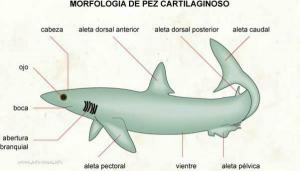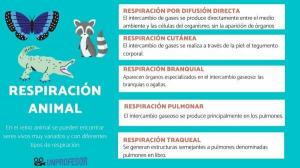ALL types of sperm: morphology and movement
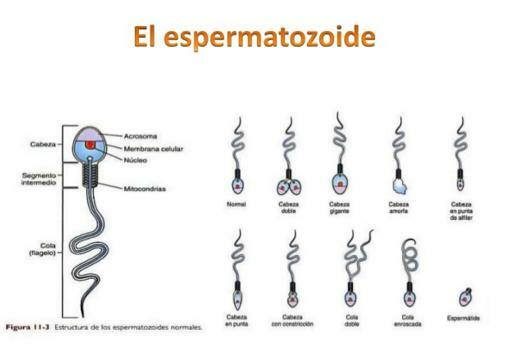
Image: Fundamentals and techniques of biochemical analysis
Of all the cells in the human body, eggs and sperm are some of the most specialized. To fulfill its function, sperm have a number of characteristics very particular and two of the most striking are its shape and its ability to move. Within that all spermatozoa have more or less the same shape and are motile, in man we can differentiate different classes of sperm according to whether they fit a model or prototype ideal. In this lesson from a TEACHER we will talk about what the "model" sperm looks like types of sperm according to their morphology and the types of sperm according to their movement. If you want to know more about this topic, read on!
Index
- The model sperm: its shape and movement
- Types of sperm according to their morphology
- Types of sperm according to their movement
- Semen and sperm
The model sperm: its shape and movement.
In general, human spermthey are a cell made up of
three parts: a head, a middle piece and a tail. The head is shaped like a slightly rounded triangle, at the base of which the intermediate piece is placed. The middle piece is a pipe-like structure, inside which are large numbers of mitochondria and microtubules. The middle piece is followed by the flagellum or tail, which has a shape similar to a whip or the tail of some animals. The base of the flagellum, which connects with the intermediate piece, is thicker and becomes thinner and thinner until it reaches the extreme.On the other hand, the spermatozoa move following a more or less straight line and forward, although they do so by waving, similar to how a snake moves. Therefore, normal sperm is said to have a meandering progressive linear motion.
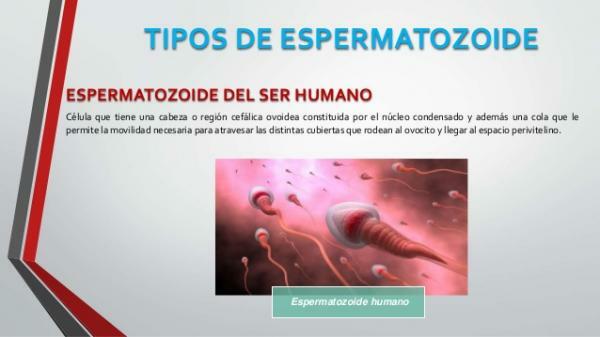
Image: Slideshare
Types of sperm according to their morphology.
As we have seen previously, the normal morphology of human sperm is very simple, but it is not uncommon to find sperm that have some deformation. These alterations can affect any of the three parts and, according to this, we can classify sperm into:
- Sperm with changes in the head. The main alterations of the sperm heads are in relation to their size. We can shorten sperm with the head too small or too large, tapered heads (with a narrowing in the middle), with the head too long, heads with too many vacuoles (vacuolization) or too little acrosome. In addition, it is not uncommon to find sperm with more than one head, being normal to find one with two or three heads.
- Sperm with alterations in the intermediate piece. The alterations of the intermediate piece are not usually perceived as easily since it is an area smaller than the head or the tail but they also take place. The most normal alterations are those related to the union with the head; under normal conditions, the head and midpiece are attached perpendicularly, but sometimes they can be attached sideways at an angle greater than 90 degrees. At other times, the midpiece is too thick, too thin, curved, irregular, or does not contain mitochondria.
- Sperm with altered tail. The most predominant alterations in the sperm tail are: short tail, double tail or multiple (usually up to four tails) or forked, rattail, bent or bent tails rolled up. Most of these abnormalities do not prevent the sperm from fertilizing the egg, but they do make it more difficult and unlikely.
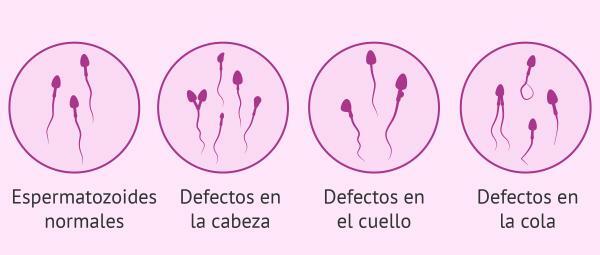
Image: Assisted Reproduction ORG
Types of sperm according to their movement.
As we have seen previously, sperm cells move in a progressive linear path while moving their body like a snake. They are sperm with progressive linear motion, moving in a straight line and forward. Its movement is the ideal since it is the most effective to reach the ovum and fertilize it. Sometimes, alterations in the movement of sperm can appear that give rise to other types of sperm.
Sperm with non-progressive movement
First of all, we can find sperm with non-progressive movement. This is the name given to sperm that, no matter how much they move, they cannot advance. An example is the sperm that spin on themselves, like a spinning top. This type of sperm cannot advance in its path, so it will never be able to fertilize the ovum.
With non-linear but progressive movement
Secondly, we can find sperm with non-linear but progressive movement. In this case, the sperm move forward, but they do not follow a straight line. When viewed under the microscope, these sperm normally drift to one side. or they nod a lot, so they progress more slowly than sperm with linear motion progressive. In this case, these sperm can reach the egg and fertilize it, but it is more difficult for them than those sperm that have a progressive linear movement.
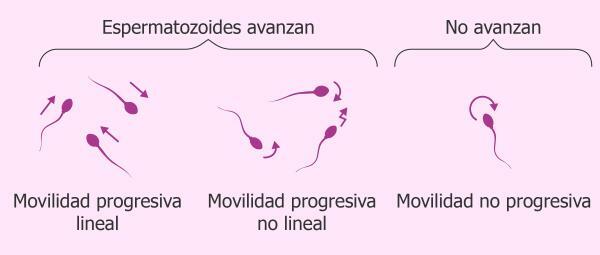
Image: Egg donor
Semen and sperm.
Under normal conditions, there are many sperm in a man's semen, some more normal and others with more or less abnormalities. It is common for men to have a certain degree of sperm with some of these abnormalities, and this will not make it difficult for them to become fathers.
On some occasions, if the alterations occur in most of the sperm and combine, the sperm may be unable to reach the egg and fertilize it. On other occasions, although it does become fertilized, these alterations in shape and movement hide alterations in the DNA that make the zygote created from the union of an altered sperm with an ovum, not able to complete development and give rise to a baby.
In any case, current assisted reproductive techniques can help many of the men who have many alterations in their sperm and who cannot be parents in a natural way.
If you want to read more articles similar to Types of sperm, we recommend that you enter our category of biology.


